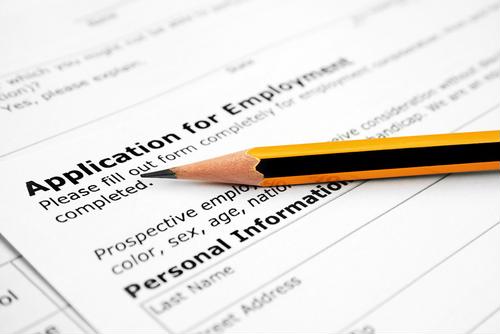Amid the ongoing pandemic, the unemployment rate for veterans has fluctuated significantly. As the new year begins, here is a look at the latest data, how this compares to the record unemployment lows experienced just over a year ago, and what this means for veterans in the civilian workforce.
Unemployment raced from record lows to record highs in 2020
In January 2020, the veteran population and the workforce at large were continuing a streak of high employment and stability. The Department of Labor (DOL) noted that the 3.1% unemployment rate for veterans seen in 2019 was a 19-year record low.
However, the economic impacts of the COVID-19 pandemic shook the civilian workforce, leading many companies to downsize or shutter their doors for months on end.
According to the latest DOL data, the veteran unemployment rate stood at 6.3% in November 2020, an increase from 5.9% the previous month. This was slightly better than the unemployment rate for the non-veteran working population, which was 6.7%.
Granted, these figures are significantly more promising than the 14.7% collective unemployment rate of April 2020. A staggering 11.7% of the veteran population — more than 1 million former service members — filed for unemployment that month.

Half a million veterans remain unemployed
Despite how far these numbers have settled since the spring, decreasing from nearly 12% in April to about half that figure in November, the ongoing pandemic and widespread economic turmoil still mean employment prospects are shaky for those who were pushed out of the workforce in 2020.
If the government's most recent data is still true for the start of 2021, 552,000 people who served in the armed forces and transitioned to the civilian workforce are still combating the instability of unemployment.
Youngest veterans impacted the most
According to a December 2020 report by the U.S. Bureau of Labor Statistics (BLS), post-9/11 veterans have a higher unemployment rate than most others:
- Of the veterans who served after 2001 (Gulf War era II), 244,000 (6.9%) were unemployed.
- Of the veterans whose service occurred between 1990 and 2001 (Gulf War-era I), 107,000 (4.7%) faced unemployment.
- Of all veterans of the Vietnam War, the Korean War or World War II, 75,000 (6.4%) were unemployed.
- Of veterans of other service periods, 126,000 (7.0%) experienced unemployment.
Certain sectors show promise for job seekers
In December 2020, the BLS reported that, although the retail trade and government sectors experienced declines in employment, "notable job gains occurred in transportation and warehousing, professional and business services and health care."
Veterans seeking employment can focus on these growth areas, while also taking advantage of resources available through the Department of Veterans Affairs, such as the Veteran Readiness and Employment (VR&E) program.


